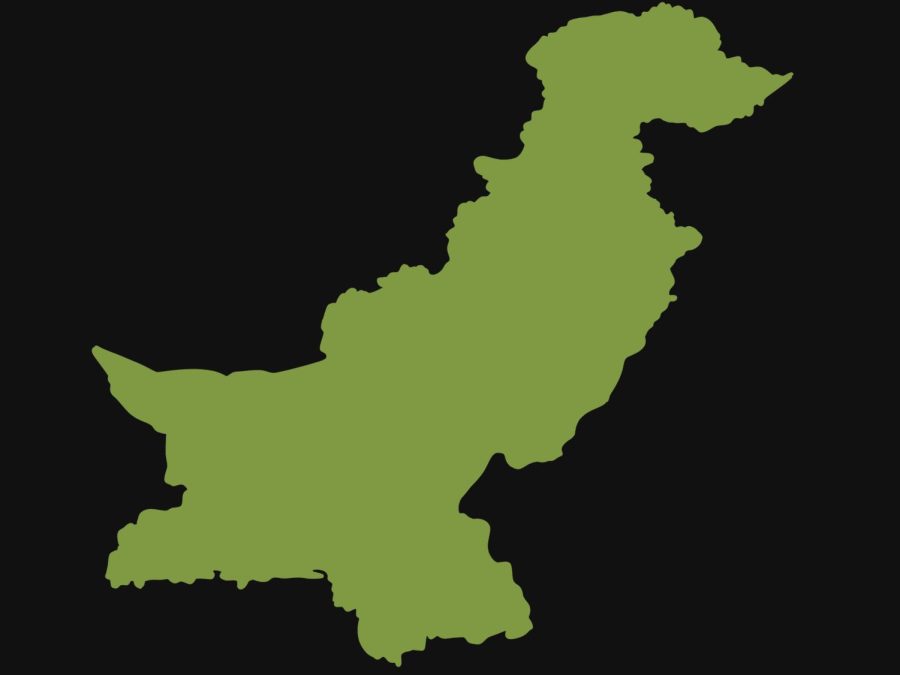As of 2019, there are 7,111 languages across the globe, according to the Ethnologue guide to languages of the world. About 2,776 of span between vulnerable and critically endangered. The scale for determining whether a language has the possibility of going extinct ranges from a rigorous, expansive use by people, to a steady loss in individuals who prefer to speak it.
The main cause for endangerment is when younger speakers stop practicing the unique dialects, so that once the older generation dies, it is on track for extinction. While the lengthy amount of time for studying a new type of speech deviates children from trying to learn it, the historical knowledge and cultural benefits of knowing any ethnic language outweigh the disadvantage of time.
Most languages originate in either Asia, Africa or the Pacific, according to Ethnologue. Asia has nearly 3,000 original tongues, Africa has about 2,100 of origin and 1,300 came from the Pacific. Europe and the Americas contributed the fewest original types of speech. Another study by Ethnologue proved the number of spoken dialects does not depend on the size of the country.
Papua New Guinea, a country in the southwest Pacific Ocean, has more than twice as many indigenous forms of speech as the entire continent of Europe. The main issue in Papua New Guinea, however, is that though it is home to a vast number of local languages, the smallest, most isolated of the hundreds are likely to become extinct in the coming years. Children are simply not learning specific dialects because they will not be as useful in the future when interacting with other civilians.
Language diversity, however, is key to understanding how more secluded societies live. Information through spoken traditions and historical documents is lost, when the native tongue of a community dies. Any passage of oral songs, stories and lessons through the generations fades without anyone to share them. Medicinal or other scientific discoveries, such as home remedies, are no longer available for people to use. A variety of languages also provides distinctiveness in world linguistics and steers clear of homogeneous lifestyle.
Indigenous communication throughout the world is often the most complex and expressive, according to the United Nations Department of Public Information. Native’s convey their ideologies, visions and self-views through phrases that are unique to their society and cannot be communicated in one common language, such as English. For example, in the Native American language of Navajo, there is no specific way to apologize to someone, or to say “I forgive you.” Instead, the Navajo use motions and expressions that roughly translate to “I spoke foolishly” or “I feel bad” to show how they feel. These special methods of communication from indigenous people and older types of early human interaction can help psychologists and neuro-scientists understand human behavior and how people process knowledge. They provide a way to test the linguistic and psychological capabilities of humans in a natural environment.
In addition to recording the mental abilities of humankind, speech also preserves knowledge developed throughout a period of time. Verbal stories about earlier time periods can help those within a specific culture, as well as strangers, understand the origins of human interaction. The main difference between human history and other animal history is our advanced ability to communicate knowledge through between old and young people. Oral interaction teaches culture rather than imitation, which is how groups of people maintain traditions throughout the history of their existence, according to the National Institutes of Health.
Currently, the main effort to help revive endangered languages is to teach them to the young of different ethnic groups. While there are attempts to document those on the verge of extinction for preservation and reintroduction in the future, these endeavors are few and far between, according to an article in National Geographic. Documentation includes audio recordings of people speaking as well as written words to capture reading and writing. Additionally, by offering special classes to children, revitalization of the different dialects on their own is possible. The people of the younger generation need to focus on immersing themselves in the oral culture of their smaller-scale communities to avoid a deep cut to the verbal portion of their heritage. Starting from birth, children born with different cultural backgrounds can focus on honing their language skills to continue to practice in the future. In high school, students have the opportunity to spend time learning a foreign language, which they can perfect throughout the years rather than abandoning it after graduating. Digital classes and audio lessons also open up a variety of opportunities for students to learn online, so the location of the student becomes less of a problem.
The efforts by linguists and educated students allow for unique tongues to thrive both within and beyond their place of origin. To maintain the diversity in the culture of our modern world can only be done through the development of individual verbal tradition.
Do you think languages on the verge of extinction are worth reviving? Let us know in the comments below.























































































